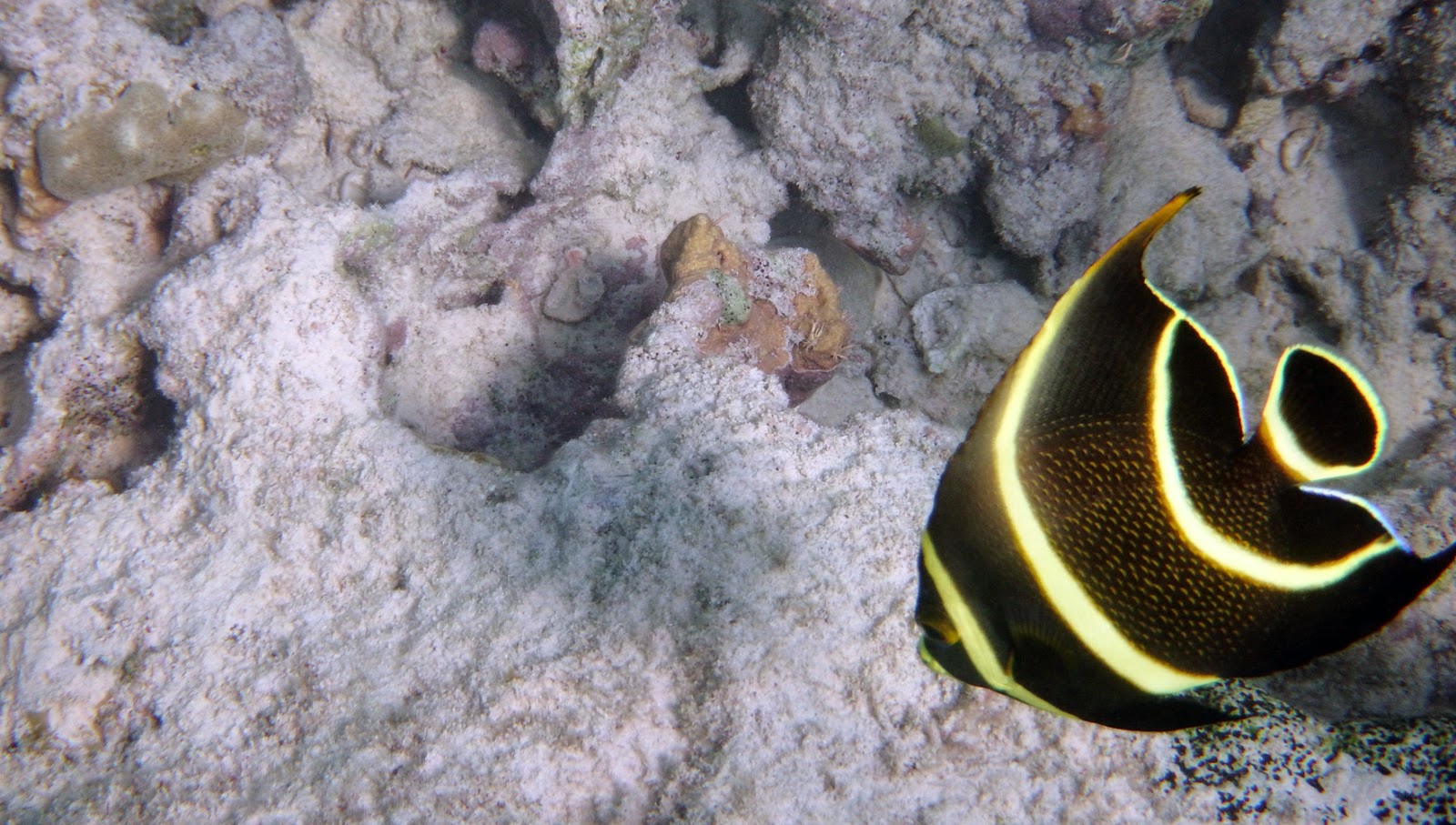We're back home from a few days of sun and sand in Cuba. The day we arrived back in St. John's was actually very nice and mild. Then today we had a blizzard and the car is still half buried in drifting snow. Its nice to know that there are places in the world where water doesn't have to be shoveled.
Photo Credits: Tim Rast






Tim, I was sent a link to your posts by a friend who knows I'm,, hooked on Harpoons. I replicate the styles we find here on the Maine coast, trying to learn.Your work is very nice, and has opened a new world for me to study. First, can you help me with the holes. Have they been tested for starches, or others yet? Does size stay constant? Are they worn? What Fibers were used for line is on my mind.
ReplyDeleteMike from Maine
Hi Mike,
DeleteGood questions. I'm not aware of any work looking for starches on harpoon line holes, although Latonia Hartery has been looking at plant residues on a number of different Palaeoeskimo stone tools as part of a post doc at Memorial University of Newfoundland.
The size and shape of the holes vary from culture to culture. Generally they don't have a noticeable taper from one side to the other and will tend to be hourglass shaped or conical in cross section. They often expand towards one or both surfaces. Sometimes they have additional grooves and channels flowing into them that give you an impression of how the line would have been threaded through the hole or holes. Often the holes are gouged, so they will be oval or even rectangular in shape, rather than perfect circles.
Harpoon lines used by the Thule and Palaeoeskimo were most likely sealskin with some sinew. I believe the historic sources mention caribou skin was used for the Beothuk harpoons, although none of those harpoon lines have survived. There doesn't seem to be strong evidence for plant fibre cordage among any of the cultures in Newfoundland and Labrador. Almost all cordage that we see archaeologically or that is mentioned in historic sources are animal products.
thanks
ReplyDeleteI always thought there would be more similarities, but our late archaic groups used a line -hole that was for return of the prey. I look at it more as a hook that when retraction forces worked on the hole -barb configuration, the barb was forced out to grab into the prey. Foreshaft attachments seem close. Antler was worked with flakes, mostly after soaking. Samples of a line have been found but not on a Harpoon. I think they were used on large fish, possibly seal.
I am enthralled by the complex nature of the composite tools your cultures developed and you are demonstrating.
m
If there are similarities in harpoons between NL and Maine, then the Archaic would be the most likely time period to see them. There are barbed harpoon heads from Maritime Archaic contexts here that would have functioned similar to how you are describing. I don't know of any lines or cordage that have been found from that time period, but it wouldn't surprise me at all if the Archaic people used more plant fibre cordage than anyone else who lived in the Province. Its not surprising that the cultures who came to the province from the Arctic would prefer animal fibres over plants, given the limited plants available in the North, but the Maritime Archaic should have been more comfortable working with plants. Unfortunately, we don't have evidence one way or the other.
DeleteYou mentioned a line was found - what what that made from?
A small piece of hide and several 15cm sections of cordage 2ply,s-spun, z twist---easy to make-- was being repatriated thru Peabody Museum from Me. burial. It compared best with white Cedar, but never was tested.
ReplyDeleteI have tried Cedar but its untested in use as Harpoon Cordage. Seems stiff compared to the grass I prefer.
I have skinned alot of different animals but not a seal, they don't become road kill often, ; how does their skin work for cordage, was it spun?
aah, snowing again.
m